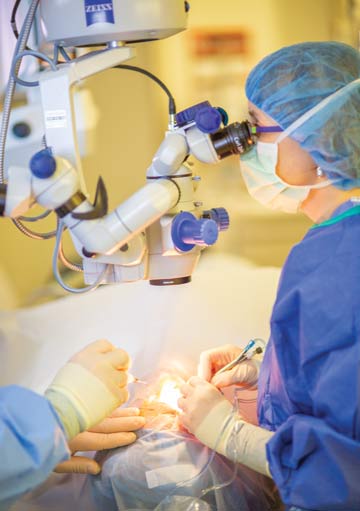Complex cataracts are becoming more common as increasing numbers of patients show up for surgery with risk factors for poor pupil dilation — uveitis, diabetes, previous eye trauma and advanced age — and more men are opting to take Flomax, an alpha blocker that has been shown to constrict the iris sphincter muscle, to treat enlarged prostates.
Surgeons earn approximately $150 more for the time and effort it takes them to perform these complex cases, but the reimbursement remains the same for facilities — between $900 and $1,000 — that must pony up for the devices and drugs used to maintain mydriasis, hard costs that hit the bottom line in a specialty with IOL-thin profit margins. Surgeons, especially non-facility owners, often don't think twice about adding to the expense of cataract cases. Facility administrators in charge of monitoring the bottom line are more likely to take a long, hard look at the cost of the drugs and devices that are used to prevent pupils from constricting. Or are they?
"Look for savings elsewhere," says Jeannine Arcuri, BSN, administrator of the Cleveland Eye and Laser Surgery Center in Fairview Park, Ohio. "Don't skimp on giving surgeons the tools they want to meet the clinical needs of patients without jeopardizing the standard of care."
.svg?sfvrsn=be606e78_3)


.svg?sfvrsn=56b2f850_5)